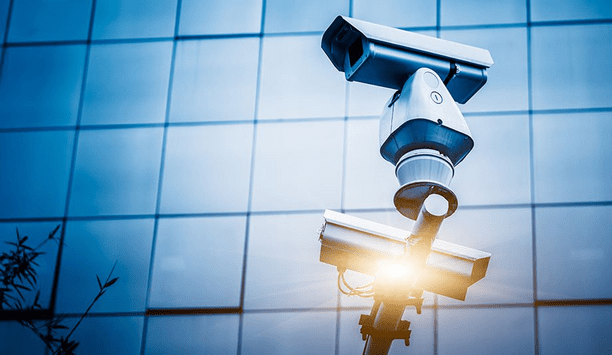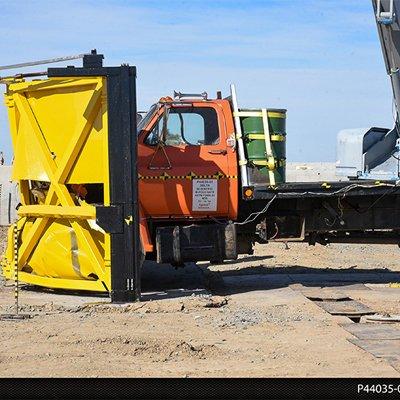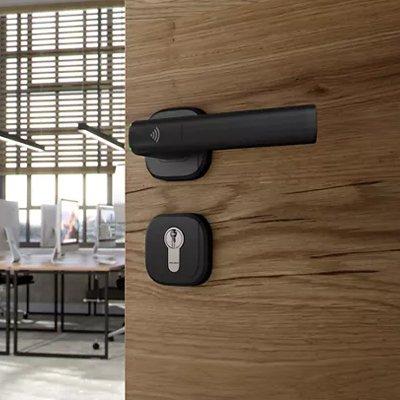Whilst it may not be politically correct, particularly as an invisible hand seems to be turning-up the Earth's thermostat to make parts of the UK as warm as the French Riviera, deep down most of us will admit that nothing quite beats the freedom of our own gas guzzling cars. I know that I love the whole driving experience, the man-machine relationship where the car becomes an extension of self. It is that feeling of control in a world where so much else seems out of control that is so appealing.
With the automobile as my favoured mode of transport, I can leave my front door, walk a few feet, and enter my very own hermetically sealed bubble. This is my world where I work to my timetable and take calls (on hands-free of course) without others being subjected to unwanted details of my life. I can even play the 1812 overture at full volume - cannons included - or sing along to the Stones without worrying about stressing out any fellow travellers. Given my stated obsession with the motor car, it may be surprising for you to know that, for certain journeys, the case for it staying firmly locked in the garage is overwhelming. So to avoid the log jam, which London's outer ring road has become, and inner-London congestion charging and extortionate car parks, I move beyond the comfort blanket of the car and instead, in the words of the old strap line, 'ease the strain' and 'take the train'.
What I find most striking during my occasional forays onto Britain's railways is the sheer volume of passengers that the network now carries. Apparently there were more than a billion passenger journeys last year, which is equivalent to the whole population of India on the move. Standing looking at the departure board in a large station recently the scene of hustle and bustle was more akin to crowds entering a stadium for a pop concert or football match. The dramatic growth in passenger numbers is obviously a pressing challenge for rail operators.
It is no easy task managing safety and security when large groups of people are gathered together especially given the ever present terrorist threat. Rail operators also find themselves needing to address the concerns that many people now have for their personal safety at unmanned stations in the evening.
One only has to glance at the British Transport Police annual report (2006/07) to see a worrying 34% increase in public disorder and an 8% rise in assaults on railway staff. It is perhaps not surprising that the alcohol fuelled anti-social behaviour that is all too prevalent in our town and city centres is increasingly impacting on the railways and that attacks on staff mirror those which are hitting the headlines in other areas such as the health service.
So what can be done to address these difficulties and make hardened car lovers like me leave their personal bubbles and join those flocking to the rail network? I would argue that CCTV is a key tool in allowing situations to be better managed - with dedicated control centres, digital networked systems, vandal proof dome cameras and video analytics - and to help dispel the niggling fears that some have about their safety. Fears which will undoubtedly have been reawakened by the recent reports of a teenager flaunting what turned out to be a replica AK47-type gun at a railway station in Greater Manchester.
Having to wait on a platform in the evening, as I know from experience, when no one else is around it is incredibly reassuring to see that CCTV is there to provide a safety net - even if an operator is tens of miles away - and, when combined with help points and two-way audio, there is at least some method to alert a responsible person that assistance is required. In many scenarios the public address system can be utilized to warn-off gangs or individual troublemakers, which nine out of ten times is sufficient to prevent a situation escalating.
In the end, while I much prefer the personal freedom afforded by my car, at least with the sort of steps that rail operators are now taking to beef up surveillance measures across the network, rail should remain one of safest and most popular ways to travel.
















